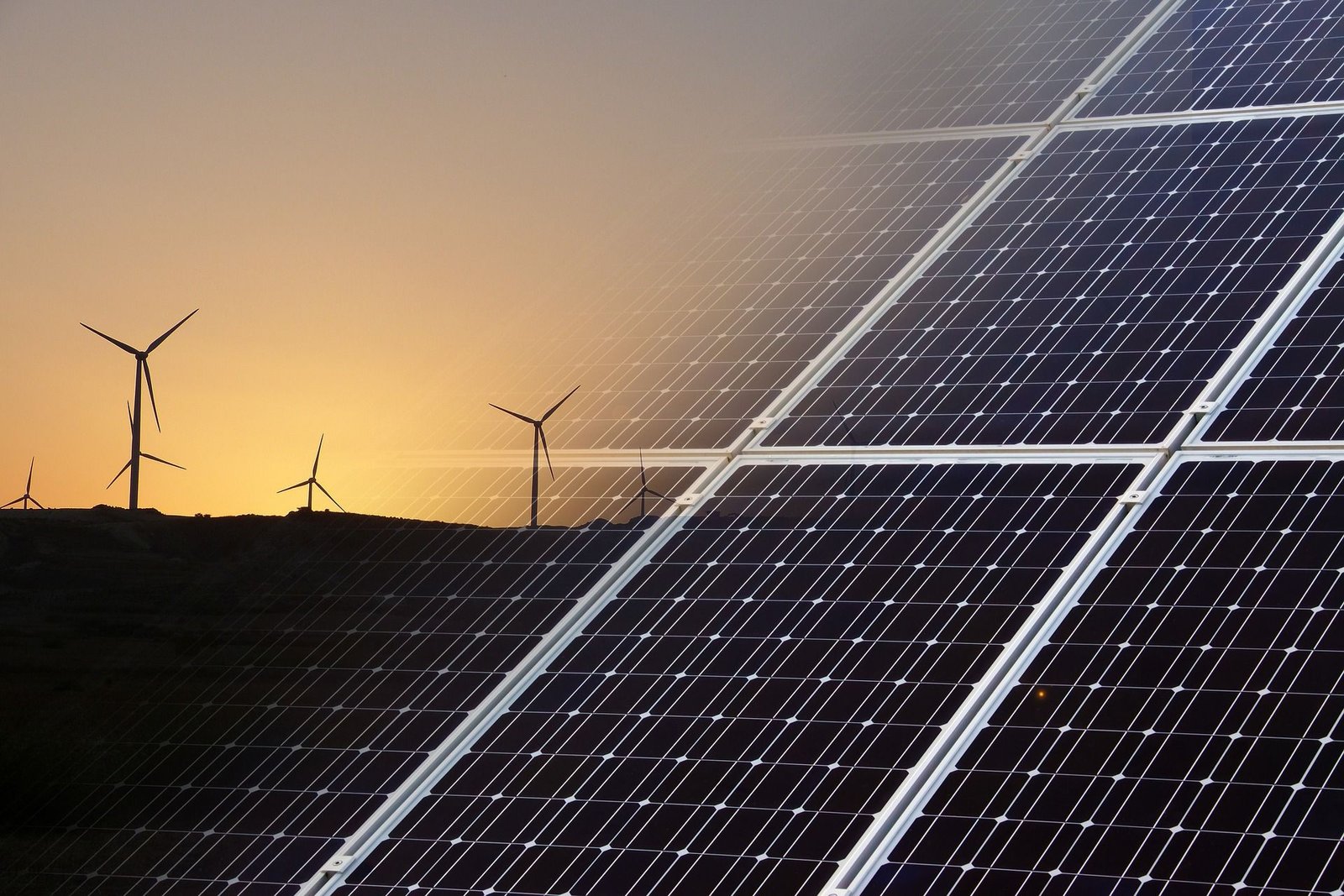
Solar and Wind Power Technologies Become the Economic Backbone of Energy Transition
The Sustainable Development Goals puts universal access to electricity in 2030 as one of its indicators toward the 7th Goal-to ensure access to affordable, reliable, sustainable, and modern energy for all. The indicator is measured as the share of people with electricity access at the household level. It comprises electricity sold commercially, both on-grid and off-grid. Today, 759 million people worldwide live without electricity; 500 million people are targeted to have electricity access in 2025 and achieve universal access to electricity in 2030.
This target required nations to align energy policy and investment with energy transition pathways that accomplish universal access to electricity by 2030. But although we know that sustainable energy is an opportunity – it transforms lives, economies, and the planet - transitioning the global economy towards clean and sustainable energy sources is one of our highest challenges in the coming decades.
Financial barriers, such as high initial capital, lack of financial institutes, lack of investors, competition from fossil fuels, and fewer subsidies than traditional fuel, prevented renewable energy from becoming widespread.
But good news came from Abu Dhabi yesterday. The “Renewable Power Generation Costs in 2020” report published by the International Renewable Energy Agency (IRENA) shows that 162 gigawatts (GW) or 62 percent of total renewable power generation added last year had lower costs than the cheapest new fossil fuel option. The report shows that costs for renewable technologies continued to fall significantly year on year. Concentrating solar power (CSP) fell by 16 percent, onshore wind by 13 percent, offshore wind by 9 percent, and solar PV by 7 percent. With costs at low levels, renewables increasingly undercut existing coal’s operational costs too. Low-cost renewables give developed and developing countries a strong business case to power past coal to pursue a net-zero economy. Just 2020’s new renewable project additions will save emerging economies up to USD 156 billion over their lifespan.
The renewable projects added last year will reduce costs in the electricity sector by at least USD 6 billion per year in emerging countries, relative to adding the same amount of fossil fuel-fired generation. Two-thirds of these savings will come from onshore wind, followed by hydropower and solar PV. Cost savings come in addition to economic benefits and reduced carbon emissions. The 534 GW of renewable capacity added in emerging countries since 2010 at lower costs than the cheapest coal option reduces electricity costs by around USD 32 billion every year.
The report presented 2010-2020 as a dramatic improvement in the competitiveness of solar and wind technologies with CSP, offshore wind, and solar PV all joining onshore wind in the range of costs for new fossil fuels capacity and increasingly out-competing them. Within ten years, the cost of electricity from utility-scale solar PV fell by 85 percent, that of CSP by 68 percent, onshore wind by 56 percent, and 48 percent for offshore wind. With record-low auction prices of USD 1.1 to 3 cents per kWh today, solar PV and onshore wind continuously undercut even the cheapest new coal option without any financial support.

Figure 1 The Cost of Electricity 2010-2020 (IRENA, 2020)
The report also shows that new renewables beat existing coal plants on operating costs, stranding coal power as increasingly uneconomic. For example, in the United States, 149 GW, or 61 percent of the total coal capacity, costs more than new renewable capacity. Retiring and replacing these plants with renewables would cut expenses by USD 5.6 billion per year and save 332 million tonnes of CO2, reducing emissions from coal in the United States by one-third. In India, 141 GW of installed coal is more expensive than new renewable capacity. No existing coal plant has lower operating costs in Germany than new solar PV or onshore wind capacity.
The other report published by IRENA, World Energy Transition Outlook, confirms the trend. Over 800 GW of existing coal power costs more than new solar PV or onshore wind projects commissioned in 2021.
The outlook till 2022 sees global renewable power costs falling further, with the onshore wind becoming 20-27 percent lower than the cheapest new coal-fired generation option. Seventy-four percent of all new solar PV projects commissioned over the next two years that have been competitively procured through auctions and tenders will have an award price lower than new coal power. The trend confirms that low-cost renewables are the backbone of the electricity system and enable electrification in end-uses like transport, buildings, and industry and unlock competitive indirect electrification with renewable hydrogen.
How about Indonesia? The government has declared options for energy transition by campaigning for renewable energy massively, conservation energy, fuel switching, and generating more clean energy. Arifin Tasrif, the Minister of Energy and Mineral Resources, said that the government established the Indonesian energy transition with an ambitious target toward clean energy. The ministry will accelerate Solar-PV power plants because they have 1.3 times lower investment costs than other energy (resource).
“Today, renewables are the cheapest source of power,” said IRENA’s Director-General Francesco La Camera. “Renewables present countries tied to coal with an economically attractive phase-out agenda that ensures they meet growing energy demand while saving costs, adding jobs, boosting growth, and meeting climate ambition. I am encouraged that more and more countries opt to power their economies with renewables and follow IRENA’s pathway to reach net-zero emissions by 2050.”
We need #energytransition to achieve sustainable development. The long-term goal of climate resilience countries urged to power past coal as the new report confirms renewables would bring cost savings of USD 156 billion to emerging economies.
Has your country embraced low-cost renewables?
###
Author: Salman Nursiwan, Monitoring and Outreach ACCESS Project
